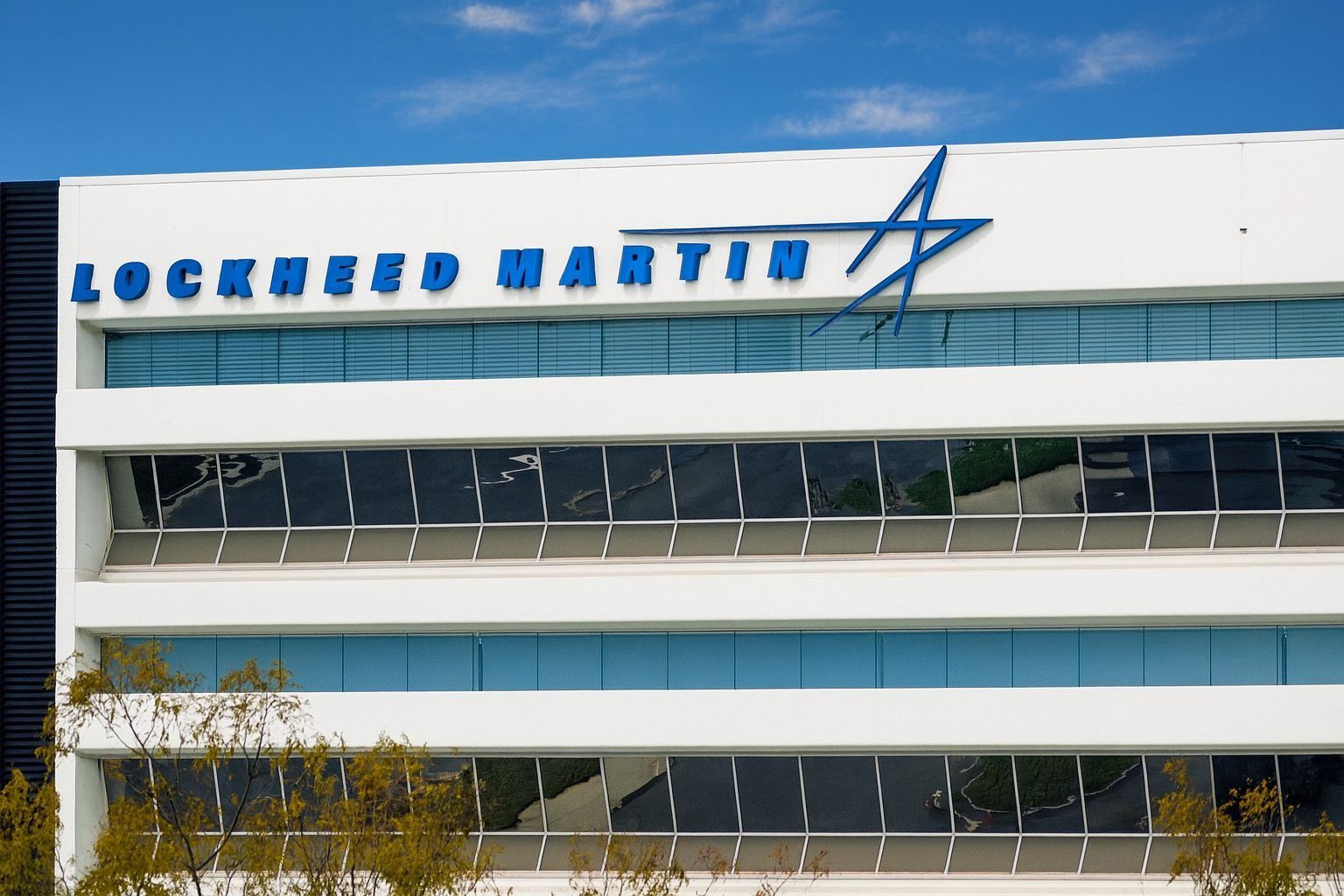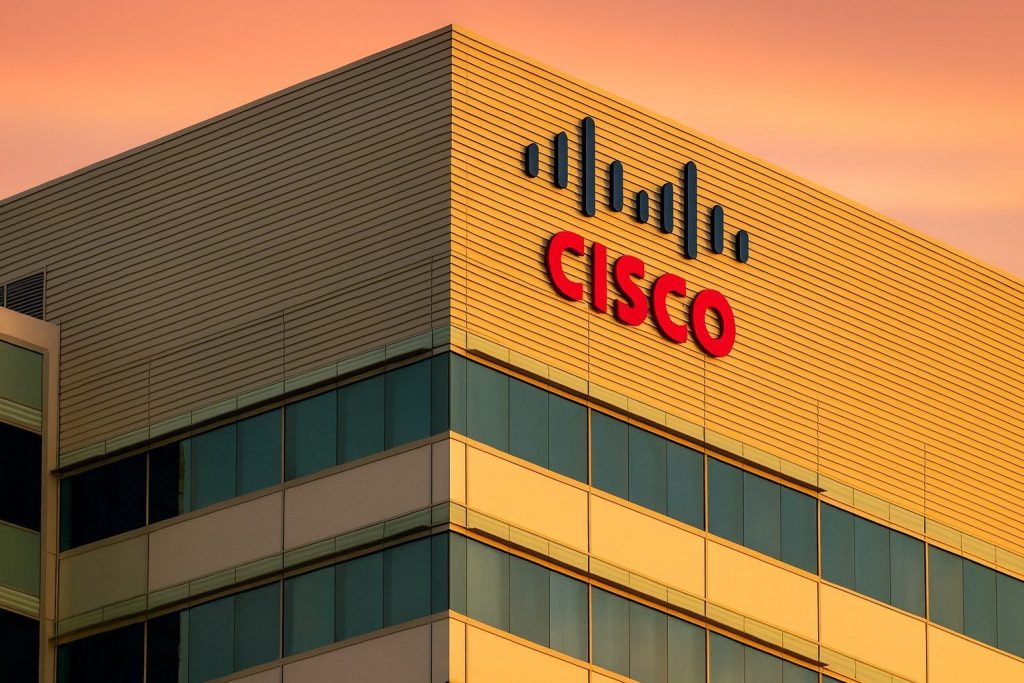Lockheed Martin (NYSE: LMT) heads into Tuesday’s session under pressure, even as its fundamentals look solid on paper. As of late Monday trading, Lockheed Martin shares were changing hands around $451, down roughly 2.1% from Friday’s close near $460.78, extending a four‑day losing streak. [1]
Despite that slide, the defense giant just delivered strong third‑quarter 2025 results, raised its full‑year outlook, reported a record $179 billion order backlog, and approved a 5% dividend hike for the fourth quarter. [2]
Below is a detailed look at where LMT stock stands today, what’s driving sentiment, and what investors will be watching next.
LMT stock price today: extending a short‑term downtrend
- Latest price: about $451.06 in late trading on Monday, November 24, 2025 [3]
- Daily move: down roughly 2.1% from Friday’s close (about $460.78), marking four straight down days. [4]
- Intraday range Monday: roughly $450–$461, with volume over 1.4 million shares, above recent averages.
Zooming out:
- Over the last five trading days, LMT is down about 4%.
- Over the past month, the stock has fallen roughly 7%.
- Year to date, 2025, LMT is down just over 7%, and about 17% lower than it was a year ago, according to MarketBeat performance data. [5]
What makes Monday’s drop stand out is that it came on a broadly positive day for equities. MarketWatch data show the S&P 500 rose about 1.55% on Monday, while Huntington Ingalls (HII) gained and Lockheed Martin fell around 2.1%, underperforming both the market and some peers. [6]
In other words: LMT’s weakness is not just about the overall market—it’s also about how investors currently feel about defense stocks and Lockheed specifically.
Under the hood: earnings beat, record backlog, and a raised 2025 outlook
Fundamentally, Lockheed Martin’s latest quarter looked robust.
In its Q3 2025 earnings release, the company reported: [7]
- Sales: $18.6 billion, up from $17.1 billion a year earlier (about 9% growth).
- Net earnings: $1.6 billion, essentially flat year over year.
- EPS: $6.95 per share vs. $6.80 in Q3 2024.
- Cash from operations: $3.7 billion, up sharply from $2.4 billion.
- Free cash flow: $3.3 billion vs. $2.1 billion a year ago.
Lockheed also ended the quarter with a record $179 billion backlog, which management notes is more than two and a half years of sales at the current run rate. [8]
By segment, growth was broad‑based: [9]
- Aeronautics (home of the F‑35 program) grew around 12%, supported by higher F‑35 production and sustainment.
- Missiles and Fire Control revenue climbed about 14%, helped by strong demand for PAC‑3, JASSM, LRASM and other missile systems.
- Space grew roughly 9%, while Rotary and Mission Systems was flat on sales but improved margins.
On the back of this performance, management raised its 2025 outlook, now expecting:
- Full‑year EPS: about $22.15–$22.35 per share (higher than the prior range of $21.70–$22.00).
- Full‑year sales:$74.25–$74.75 billion, a narrower and slightly higher range than before. [10]
Those numbers underscore a key tension around LMT stock today: earnings and cash flow are moving in the right direction, but the share price has been drifting lower.
Dividend story: 23 straight years of increases and a ~3% yield
Income‑oriented investors often look at LMT primarily as a dividend stock, and 2025 has reinforced that identity.
On October 9, 2025, Lockheed’s board authorized a fourth‑quarter dividend of $3.45 per share, up from $3.30 the prior quarter—a 5% increase. [11]
Key dividend stats:
- New quarterly dividend: $3.45 per share.
- Annualized dividend: $13.80 per share. [12]
- Dividend streak: 23 consecutive years of annual increases. [13]
At Monday’s approximate price near $451, that annual dividend translates into a forward yield of just over 3% (about 3.1% by simple calculation). That’s meaningfully higher than the S&P 500’s yield, which recent Zacks and Nasdaq commentary put in the roughly 1.5% neighborhood. [14]
For investors focused on defensive income with potential capital appreciation, this growing dividend—funded by robust free cash flow—remains one of the strongest parts of the LMT story.
Strategic moves: contracts, acquisitions, and global defense demand
Part of why Lockheed’s backlog is so large comes down to steady contract wins and strategic deals in 2025.
New contracts and partnerships
Recent highlights include:
- German Navy CMS 330 contract: In mid‑November, Lockheed Martin Canada won a contract with the German Navy to deliver its CMS 330 combat management system, valued at over C$1 billion (about US$712 million). The system’s open‑architecture design allows for integration with a range of sensors and weapons, and it is already deployed with multiple NATO navies. [15]
- PAC‑3 and integrated air and missile defense: Lockheed signed a Memorandum of Understanding with Diehl Defence to expand the PAC‑3 MSE global supply chain and collaborate on integrated air and missile defense solutions, supporting allied customers worldwide. [16]
- U.S. Army missile and radar programs: The company continues to secure and expand contracts for precision strike missile systems and integrated air‑and‑missile defense solutions, reinforcing its role in U.S. and allied deterrence architectures. [17]
Portfolio strengthening via acquisition
Lockheed is also using M&A to sharpen its capabilities. In late October, Amentum announced it had completed the sale of its Rapid Solutions business to Lockheed Martin for $360 million in cash, adding another advanced defense‑technology asset to Lockheed’s ecosystem. [18]
Macro backdrop: demand driven by conflict
A major driver of Lockheed’s backlog is the global security environment. Reuters has highlighted how the ongoing Russia‑Ukraine war and conflict in the Middle East are prompting the U.S. and allies to restock missiles, air‑defense systems, and other high‑end weaponry, bolstering demand for firms like Lockheed Martin and RTX. [19]
Taken together, these factors support the idea that Lockheed’s revenue visibility is unusually high, even by defense‑industry standards.
Valuation and sentiment: why is LMT stock weak?
If the business looks solid, why is LMT stock down about 7% year‑to‑date and in a short‑term downtrend? [20]
Several factors appear to be at play:
1. Valuation no longer “cheap”
Based on recent data, Lockheed’s trailing twelve‑month EPS is around $18 per share, implying a price‑to‑earnings multiple near the mid‑20s at current levels. [21]
For a mature defense contractor growing revenue high single digits, that’s not extreme—but it’s also not a bargain‑basement valuation. Research from GuruFocus, for example, has noted that Lockheed’s earnings multiple is toward the upper end of its recent range, even though its price‑to‑sales ratio sits closer to long‑term lows, sending mixed valuation signals. [22]
2. Technicals and recent momentum
The same GuruFocus analysis pointed out that momentum indicators like the 14‑day RSI are trending toward “approaching oversold” territory, and the stock has been sliding over the past month. [23]
Short‑term traders may be:
- Taking profits after LMT rallied earlier in the year. [24]
- Rotating into other sectors (like technology) that are currently in favor.
- Reacting to rising bond yields, which can make dividend payers less attractive on a relative basis.
3. Budget and policy risk
Even with heightened geopolitical tensions, defense spending is not guaranteed to rise in a straight line. Periodic debates in Washington over deficit reduction and spending caps can weigh on defense names, particularly after strong runs. Reuters coverage of the sector has highlighted that while demand is robust, investors still worry about long‑term budget trajectories and political risk. [25]
4. Balance sheet and margin concerns
Lockheed generates strong cash flow, but analysis from GuruFocus points to a relatively high debt‑to‑equity ratio and some pressure on margins over longer time horizons, even if recent quarters have looked healthy. [26]
Put simply: fundamentals are strong, but not flawless, and some investors appear to be asking whether current valuations fully reflect the risks.
Analyst views and Wall Street expectations
Analyst sentiment on LMT is cautiously constructive rather than euphoric.
- A recent consensus compiled by Yahoo Finance shows the average 12‑month price target creeping higher, from roughly $516.56 to about $526.88, suggesting moderate upside from current levels. [27]
- MarketBeat and other aggregators show a mix of “buy,” “overweight,” “market perform,” and “neutral” ratings, with targets scattered roughly between the low‑$440s and the high‑$500s, and a few outliers above $590. [28]
The message from the Street: LMT is seen as solid, but not universally “cheap”. Upside, in analysts’ view, likely depends on continued execution, sustained global defense demand, and stable government budgets.
Key catalysts to watch after November 25, 2025
For investors tracking LMT from today forward, a few upcoming catalysts stand out:
1. Q4 2025 earnings (expected January 2026)
Public earnings calendars currently show Lockheed’s next earnings call scheduled around January 27, 2026, covering Q4 2025 results and updated guidance. [29]
Investors will look for:
- Confirmation that backlog is still growing or at least holding near record levels. [30]
- Progress on F‑35 deliveries, missile production ramps, and key international programs. [31]
- Updated comments on the “Golden Dome” missile defense initiative and other major U.S. homeland‑defense projects where Lockheed hopes to play a role. [32]
2. Dividend payment and capital returns
The Q4 2025 dividend of $3.45 per share is scheduled to be paid on December 30, 2025, to shareholders of record as of December 1. [33]
Investors will also be watching:
- How aggressively Lockheed continues its share repurchase program, which was expanded by $2 billion to a total of about $9 billion in authorization. [34]
3. New defense contracts and international deals
Announcements like the German Navy CMS 330 contract, potential additional F‑35 orders, and further missile‑defense agreements will remain key drivers of sentiment. [35]
Any signs of:
- Program delays,
- Budget pushouts, or
- Export restrictions
could hit the stock, while fresh multi‑billion‑dollar awards would likely reinforce the long‑term growth narrative.
Is LMT stock a buy, sell, or hold right now?
Whether LMT stock is attractive at around $451 depends heavily on your time horizon and risk profile.
LMT may appeal to investors who:
- Want exposure to defense and aerospace in a world with elevated geopolitical risk. [36]
- Value a reliable, growing dividend, with a yield around 3% and more than two decades of annual increases. [37]
- Believe that a record backlog and raised guidance will eventually be reflected in the share price. [38]
But it may be less compelling for investors who:
- Are looking for deep value; LMT trades at roughly mid‑20s earnings multiples, not distressed levels. [39]
- Worry that U.S. and allied defense budgets could flatten or decline in a few years, even if near‑term demand is strong. [40]
- Prefer sectors with higher secular growth and lighter regulatory/political risk than defense.
From a neutral standpoint, today’s setup looks like a classic “solid company, mixed sentiment” situation: fundamentals and cash returns are strong, but the stock is in a downtrend and the market is questioning how much good news is already priced in.
Key takeaways for LMT stock on November 25, 2025
- Price & trend: LMT is trading around $451, down about 2.1% on Monday and roughly 7% year‑to‑date, underperforming the broader market. [41]
- Fundamentals: Q3 2025 delivered 9% sales growth, strong cash flow, and a record $179 billion backlog. [42]
- Shareholder returns: The dividend is up 5% to $3.45 per quarter (about a 3% yield), supported by significant free cash flow and an enlarged buyback authorization. [43]
- Demand drivers: Conflicts in Ukraine and the Middle East, plus allied rearmament, are fueling long‑term demand for Lockheed’s fighters, missiles, helicopters, and space systems. [44]
- Risks: Valuation is not cheap, budget politics remain a wild card, and recent price momentum is negative, so volatility is possible even if fundamentals stay strong. [45]
As always, this article is for informational purposes only and is not personalized investment advice. Anyone considering LMT—or any stock—should evaluate their own financial situation, risk tolerance, and investment objectives, and consider speaking with a qualified financial advisor.
References
1. stockinvest.us, 2. news.lockheedmartin.com, 3. stockinvest.us, 4. stockinvest.us, 5. www.marketbeat.com, 6. www.marketwatch.com, 7. news.lockheedmartin.com, 8. news.lockheedmartin.com, 9. www.aerotime.aero, 10. www.reuters.com, 11. www.prnewswire.com, 12. www.nasdaq.com, 13. www.prnewswire.com, 14. www.nasdaq.com, 15. www.gurufocus.com, 16. news.lockheedmartin.com, 17. news.lockheedmartin.com, 18. www.businesswire.com, 19. www.reuters.com, 20. www.marketbeat.com, 21. fullratio.com, 22. www.gurufocus.com, 23. www.gurufocus.com, 24. www.financecharts.com, 25. www.reuters.com, 26. www.gurufocus.com, 27. finance.yahoo.com, 28. www.marketbeat.com, 29. public.com, 30. news.lockheedmartin.com, 31. www.reuters.com, 32. www.reuters.com, 33. www.prnewswire.com, 34. www.citybiz.co, 35. www.gurufocus.com, 36. www.reuters.com, 37. www.prnewswire.com, 38. news.lockheedmartin.com, 39. fullratio.com, 40. www.reuters.com, 41. stockinvest.us, 42. news.lockheedmartin.com, 43. www.prnewswire.com, 44. www.reuters.com, 45. www.gurufocus.com







